Having a nun teach sex education was probably not a great idea, particularly at an elementary school called Immaculate Conception.
But it happened. For boys, the instruction went something like this: You have a certain appendage. Treat it like an elbow.
I don’t think she wanted us to put it on the dinner table. I think she wanted us to ignore it—after all, you can’t really see your elbows, and their appearance seems more of a concern for middle-aged women than for kids. Still, the rationale must have been in a book somewhere, because I’ve met other Catholic school grads who recalled the same guidance.
Even odder was another reference she made, about Gone with the Wind. In the film, Rhett Butler and Scarlett O’Hara consummate their union, and Scarlett emerges the next morning with a look on her face suggesting that she has undergone a “change.” This was described as a healthy way of illustrating all we needed to know about sex. I guess that nun had a better imagination than I did.
Imagination has nothing to do with it anymore. Nowadays the average 12 year-old boy has already inspected more cockpits than the FAA.
But maybe the nuns were right. Years ago, there were plenty of reasons to not talk about sex. That’s why African-American recording artists sang about jelly rolls, mighty tight women, and other mules kickin’ in your stall. There was Chuck Berry and his Ding-a-Ling, and these lines from his concert version of Reelin’ and Rockin’:
We boogied in the kitchen
We boogied in the hall
I got some on my finger
So I wiped it on the wall
Say what? They didn’t say anything! Being inscrutable was how they continued to be recording artists.
Which is not to say there weren’t a lot of books published on the topic. They were written by women with more names than an NPR correspondent, like Millard Spencer Everett, Evelyn Millis Duvall, and Joy Duvall Johnson. There were assorted M.D.s, Ph.Ds, and even a reverend, Alfred Henry Tyrer.
A study mentioned in The Sex Life of the Single, the Engaged and the Married (1936) examined 152 girls soon after they became engaged. “The first thing that struck the observer was that the engaged girl talked less than the one who was not engaged. Their not being talkative could be interpreted as their having a serious outlook on life, and having done away with the frivolities.” Or, maybe they came to the realization they were actually marrying these schmucks.
There were the scholarly Kinsey Reports, Sexual Behavior in the Human Male and Sexual Behavior in the Human Female, which caused stirs in 1948 and 1953, respectively. As if to release the tension, they were followed by a joke book entitled Oh! Dr. Kinsey!, A Photographic Reaction to the Kinsey Report (1953), which paired the report’s questions, such as “What did you think of your husband on the very first night of your marriage?” with corresponding facial expressions.
The Torch of Life: A Key to Sex Harmony, released in 1932 by the “Eugenics Publishing Company,” (which also published books by birth control champion Margaret Sanger), described the ideal love chamber:
“A clean and wholesome bed, with smooth sheets, well aired, contributes to the joy and mutual happiness of the lovers. A bed with a firm mattress and good springs is ideal. One that sags in the middle is far from satisfactory, as it prevents the best of contacts and union in both partners.”
On Becoming a Man (1951), as the name implies, was a kind of guidebook for growing up, making friends, handling money, figuring out girls and comprehending the changes that accompany maturity.
It features a chapter on the “Advantages of Being Teen Age”:
“The teens may be compared to the breaking-in of a new automobile. The future usefulness and dependability of a new car depend a great deal on how it is driven and serviced during its breaking-in period... If the driver of a new car runs it at high speeds and neglects those precautions that ensure the proper lubrication of the tight-fitting parts, there is danger that the bearings will be damaged and that the cylinder walls will be “scored.” Ouch!
How about experiencing the thrill of not having your weird parents follow you around the house?
“Problems in interfaith dating,” “Must you neck to be popular?” and, “How much do dates cost?” were some of the essential topics covered in The Art of Dating (1958). By the author’s calculations, the boy pays for transportation, entertainment, food, clothes and grooming. The girl pays for clothes, grooming, and parties. A study of college students at the time found that a routine date cost $2-3.
Hygiene was a topic in Sex Satisfaction and Happy Marriage (1963), with a chapter stressing the importance of mouth cleanliness, careful bathing of the hips and thighs, and a special admonition about nails from Rev. Tyrer:
“There are many men who are repelled to the point of disgust, and who would be rendered temporarily impotent sexually, by the sight of long nails on a woman, no matter how carefully they might be manicured. The thought of caresses from such a hand is not pleasant. There is an unavoidable suggestion of something of an animal with talons or claws.”
No soup for you, Rhianna!
The Hygiene of Marriage (1951) actually could pass for a reputable sex education book today, particularly with its chapters on federal laws against contraceptive information in the U.S., pre-natal hygiene, and “fundamental equality” in marriage. Still, it graded one’s sexual adjustment to life in descending order from “very happy marriage” to “prostitution.”
Into Your Teens (1951) doesn’t say a word about sex, but seems to channel beatnik Maynard G. Krebs when answering health questions like, “Do you really need exercise?” and “What are narcotics, anyway?”
None of these unfortunate screeds held a candle to Everything You Always Wanted to Know About Sex* (*But Were Afraid to Ask), written in 1969 by California psychiatrist David Reuben. Capturing the 60s zeitgeist, it spent 55 weeks at the top of The New York Times bestseller list. It also was roundly criticized for errors and was almost completely rewritten 30 years later. Strangely, the only part I remember was the case of a man who got sexual pleasure from burping, making him consume copious amounts of baking soda
.Woody Allen based his third movie on the popular book, using the same title as well as its Q and A format. In a segment entitled, “What is Sodomy?”, Gene Wilder gives one of his most sublime comedic performances as a doctor visited by an Armenian shepherd, Milos, with his romantic partner, a sheep named Daisy. “She no longer loves me, she has fallen out of love with me,” he explains, as Wilder insists, “Don’t put that sheep on my desk!”
But he is instantly smitten. After his wife catches the daydreaming doctor fondling a lambswool sweater in the bedroom, Wilder whisks Daisy away. “I know this must all seem very strange to you,” he purrs. “You, from the hills of Armenia, and me, from Jackson Heights, and yet, I think it could work. If we gave it a chance.”
After a series of trysts, he’s exposed by his wife, divorced, and loses his license to practice medicine. The final blow comes when Milos recovers Daisy, leaving a note behind: “You did a terrible thing to me, but now I’ve taken Daisy to the mountains again where you will never find her.”
Wilder, ruined and bereft, winds up on skid row. He lays in the gutter, swilling a bottle of Woolite.
If only he’d treated it like an elbow.
© 2022 David Potorti






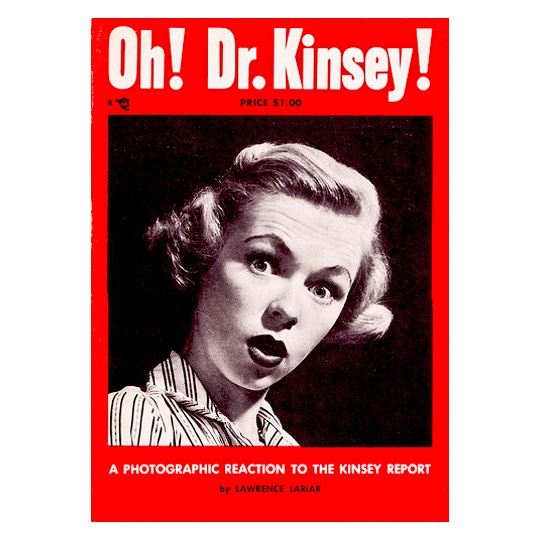

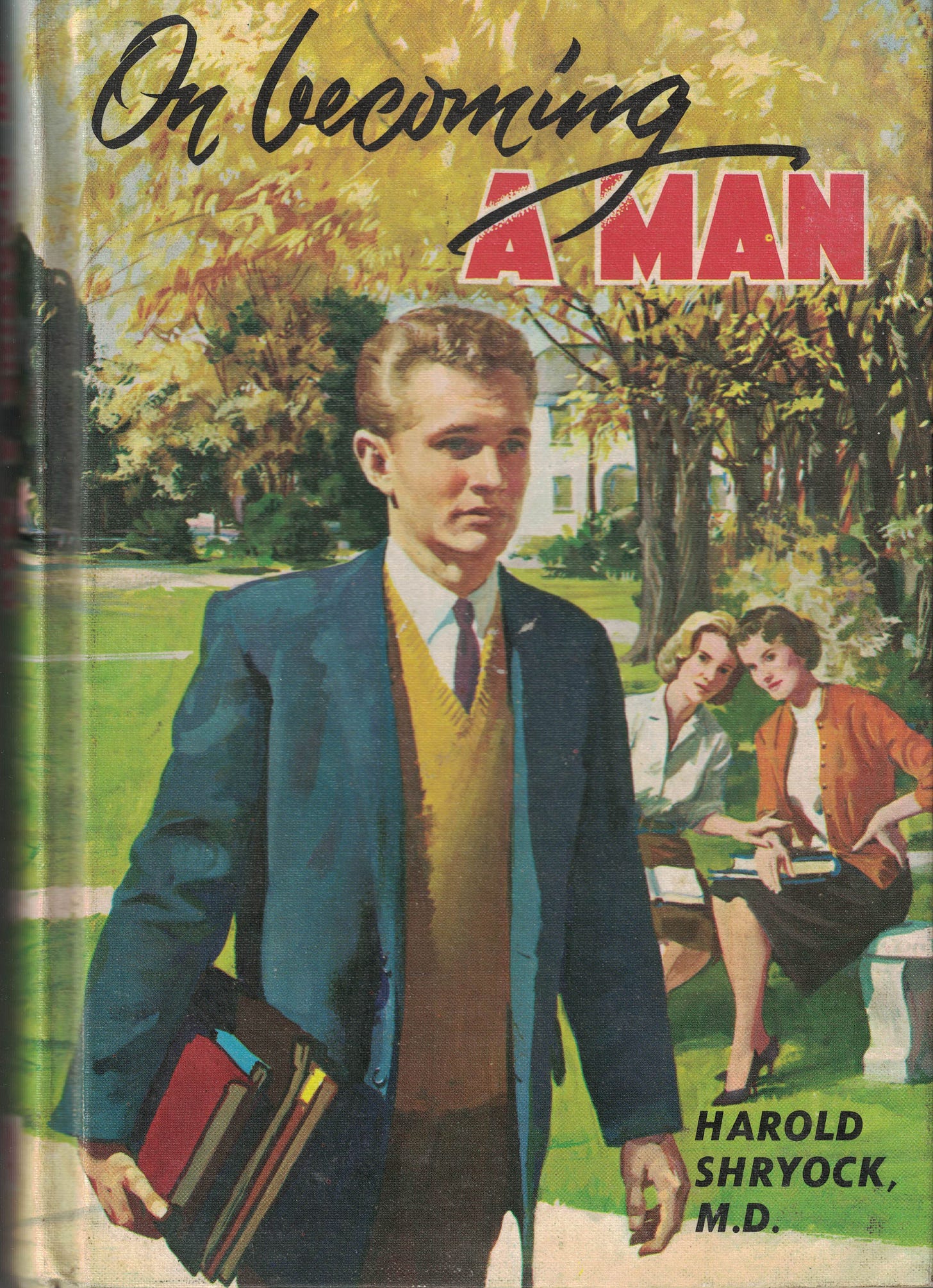

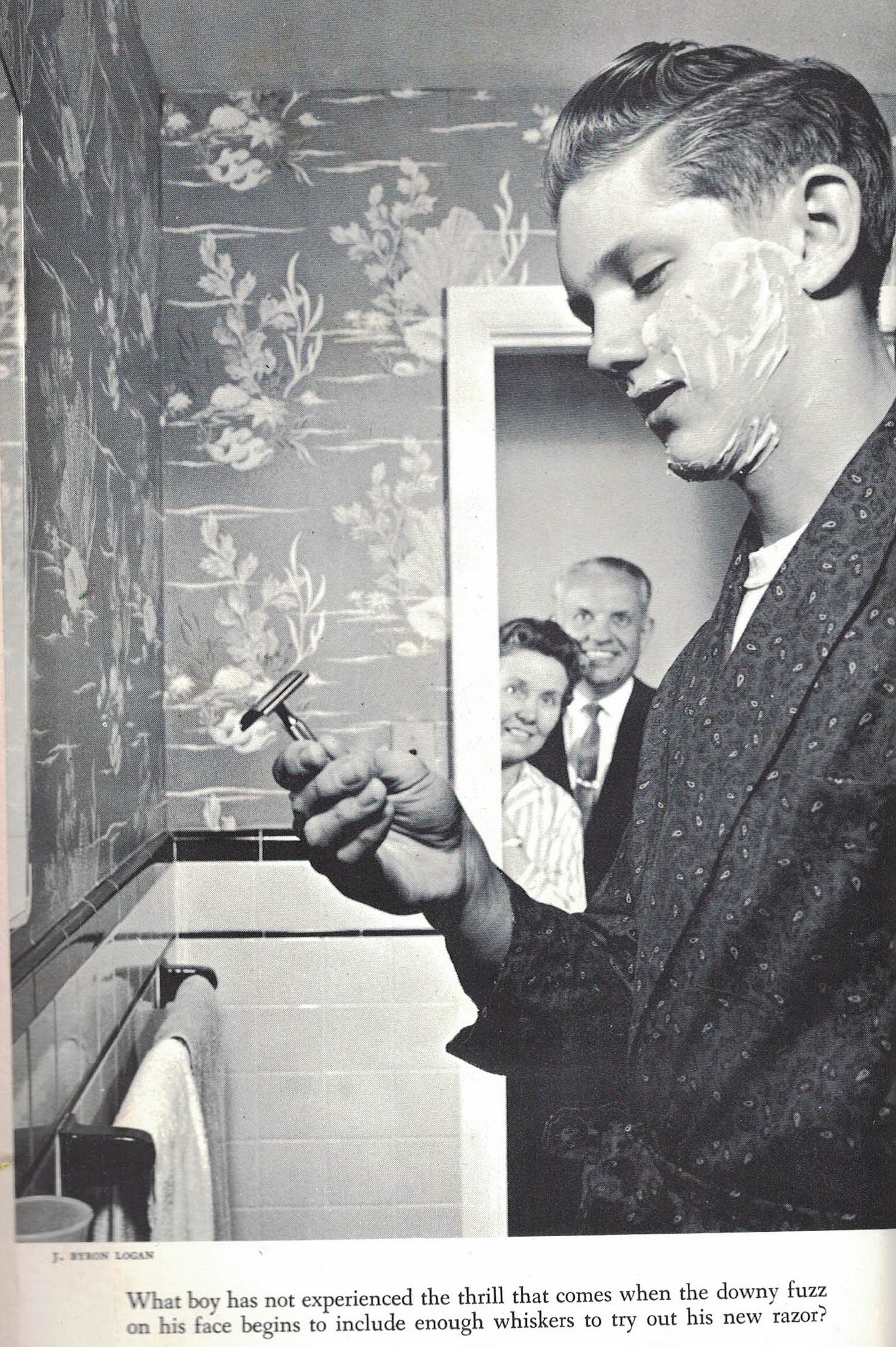
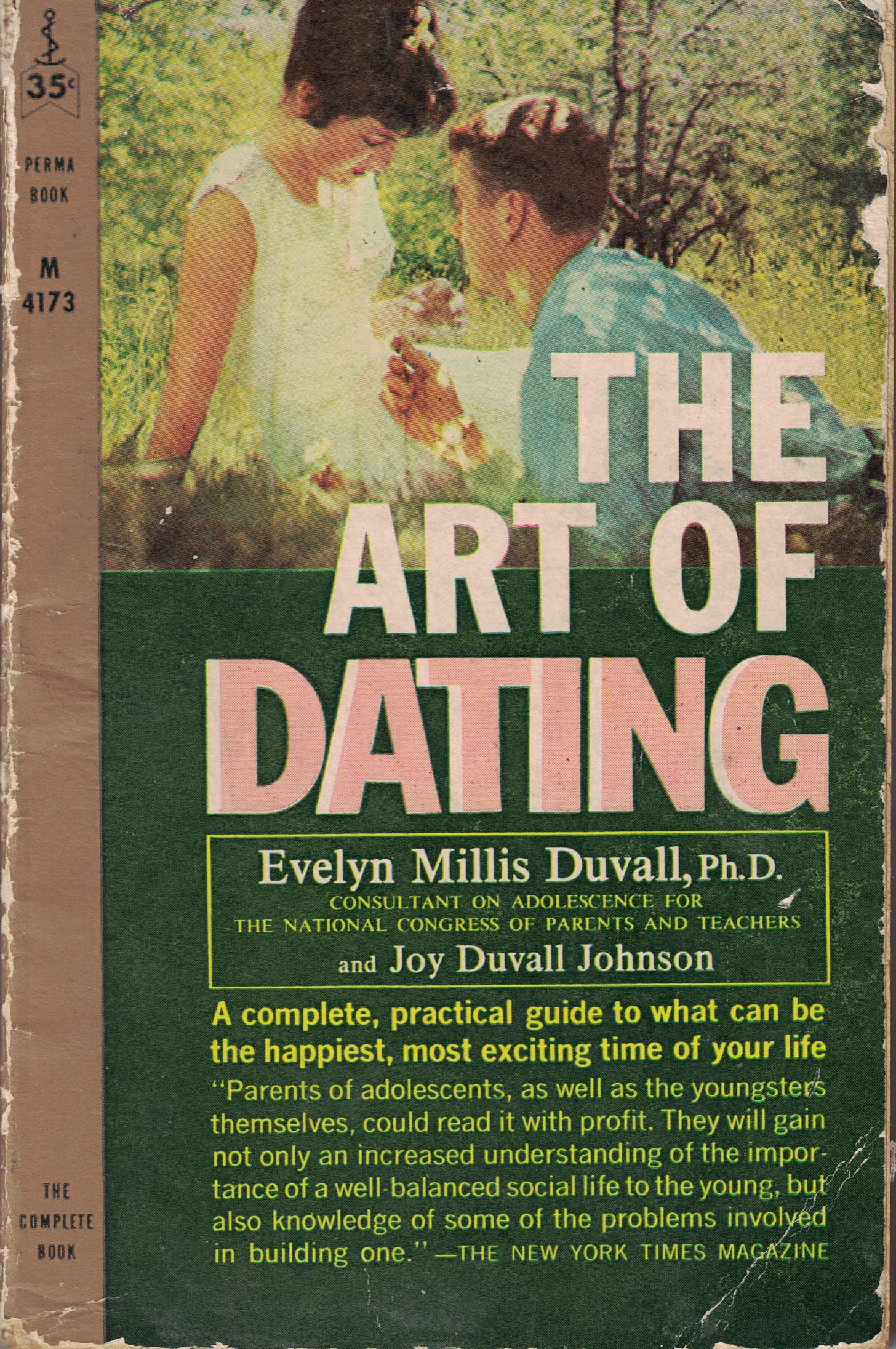
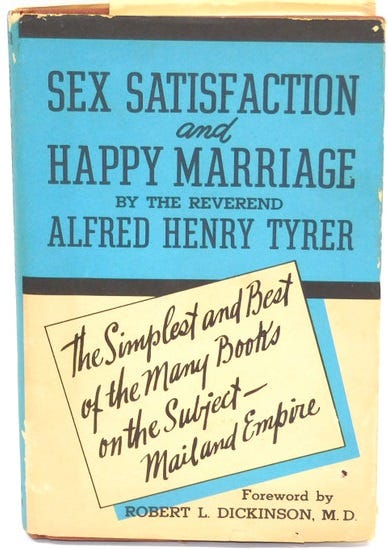



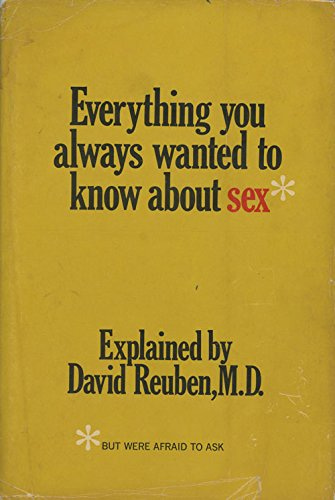


That was brilliant! It was funny, informational (?), and chock full of great lines. Bravo!
"Treat it like an elbow!" It's amazing we got to where we are considering where we came from. I can only wonder where we're headed. Elbow your way through the crowd?